Traditional key car doors locks operate using a mechanical mechanism that is controlled by a physical key. Here's an overview of how these traditional key locks function:
Key Insertion:
To unlock or lock the car door, the driver inserts a physical metal key into the keyhole located on the exterior of the door.
Tumbler Mechanism:
Inside the keyhole, there is a tumbler mechanism. This mechanism consists of a series of pins, springs, and tumblers that interact with the key.
Key Shape and Notches:
The key is uniquely shaped with notches and grooves that match the configuration of the tumblers inside the lock. The key's specific pattern allows it to move the tumblers into the correct positions.
Turning the Key:
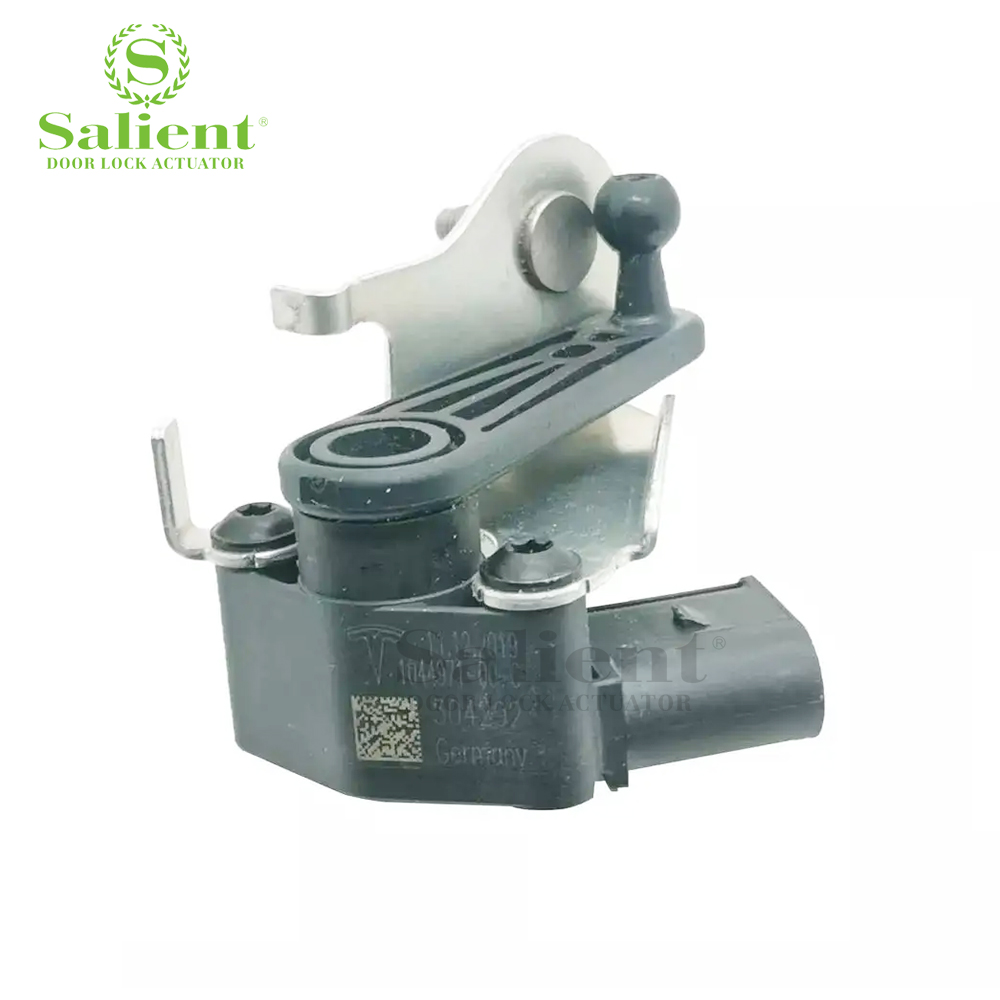
When the correct key is inserted and turned, the notches on the key align with the tumblers, allowing the key to rotate within the lock.
Unlocking:
As the key turns, it lifts the tumblers to the correct height, aligning them with the shear line. This action frees the lock cylinder, allowing it to rotate and unlock the door.
Locking:
Conversely, turning the key in the opposite direction aligns the tumblers in a way that prevents the lock cylinder from rotating, keeping the door locked.
Manual Operation:
Traditional key locks are manually operated, requiring the driver or user to physically insert and turn the key to lock or unlock the car door.
Key Removal:
After unlocking or locking the door, the key can be removed from the lock, and the user can proceed to open or close the door.
It's important to note that traditional key locks are purely mechanical and do not involve electronic components. While many modern vehicles come equipped with keyless entry systems or electronic key fobs, traditional key locks remain a standard feature in most cars as a backup method or as the primary means of entry for some models. These locks are reliable and straightforward in their operation, and their mechanical nature makes them less susceptible to electronic malfunctions or vulnerabilities.


 English
English Español
Español
.jpg)
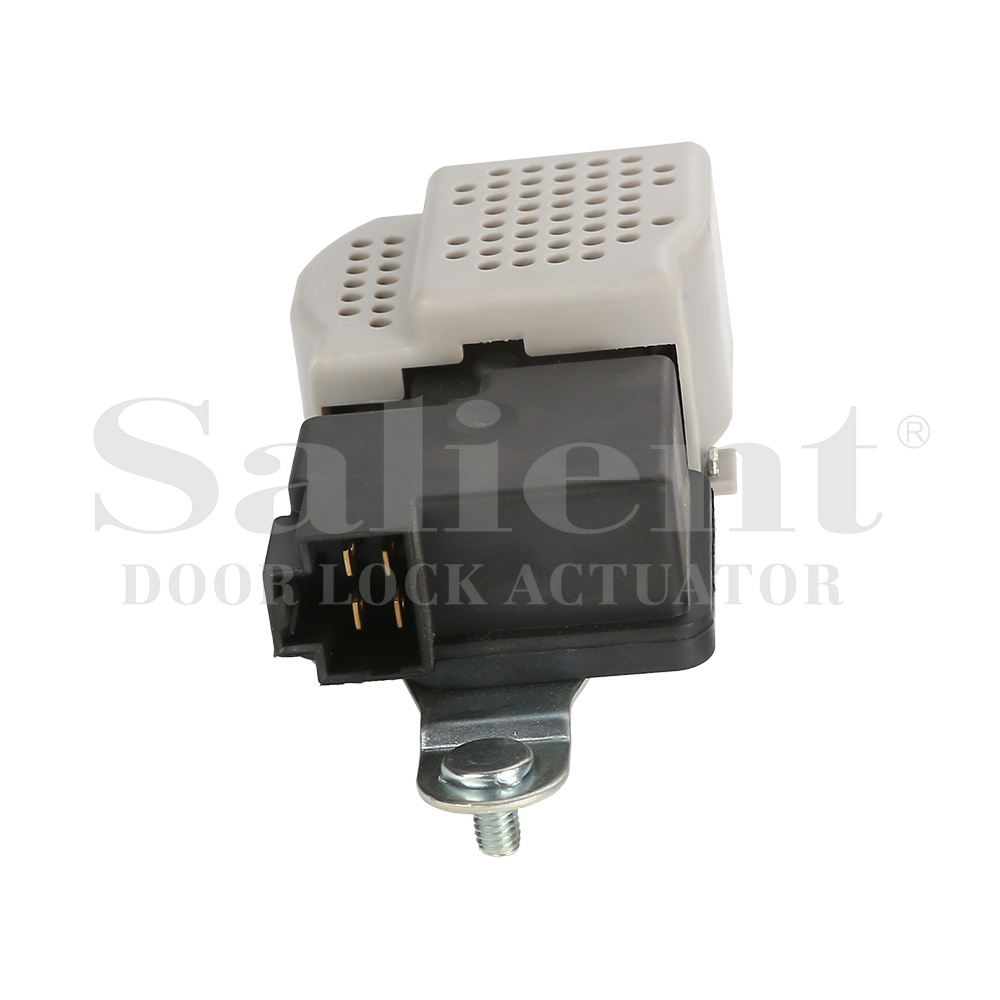
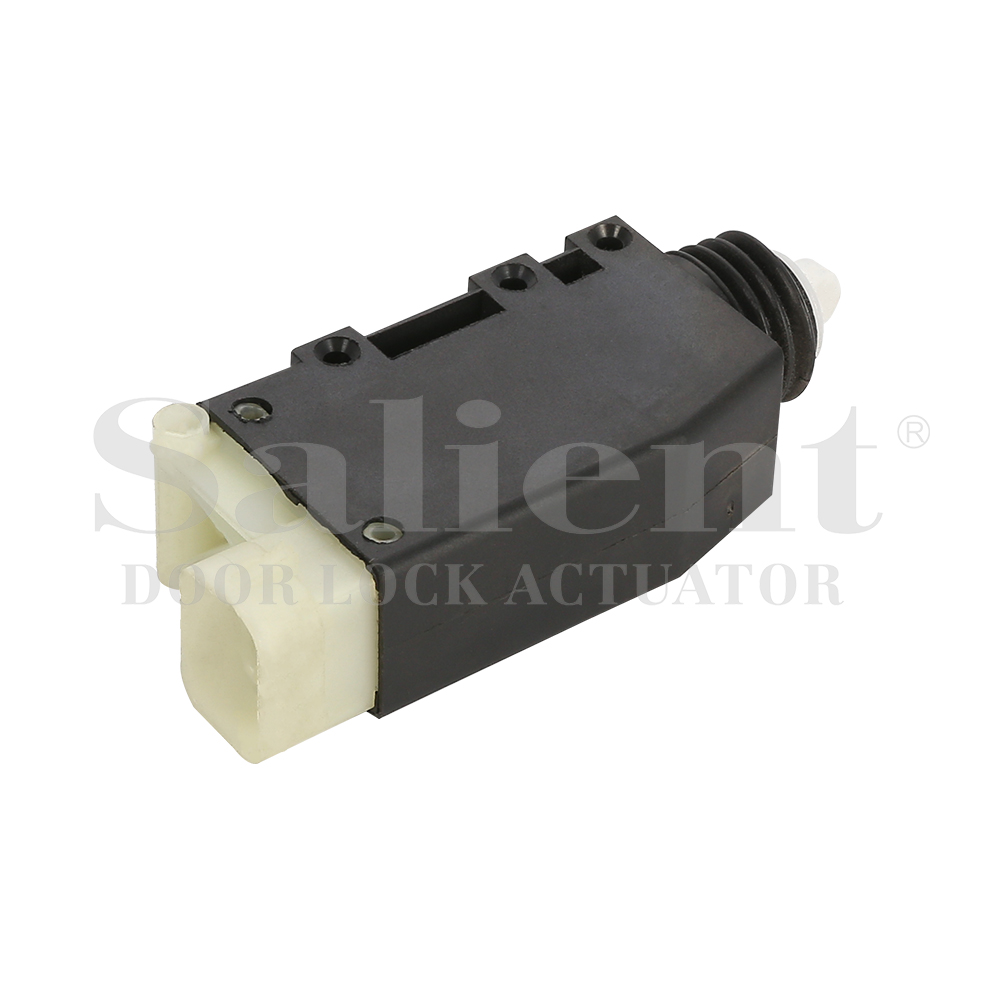
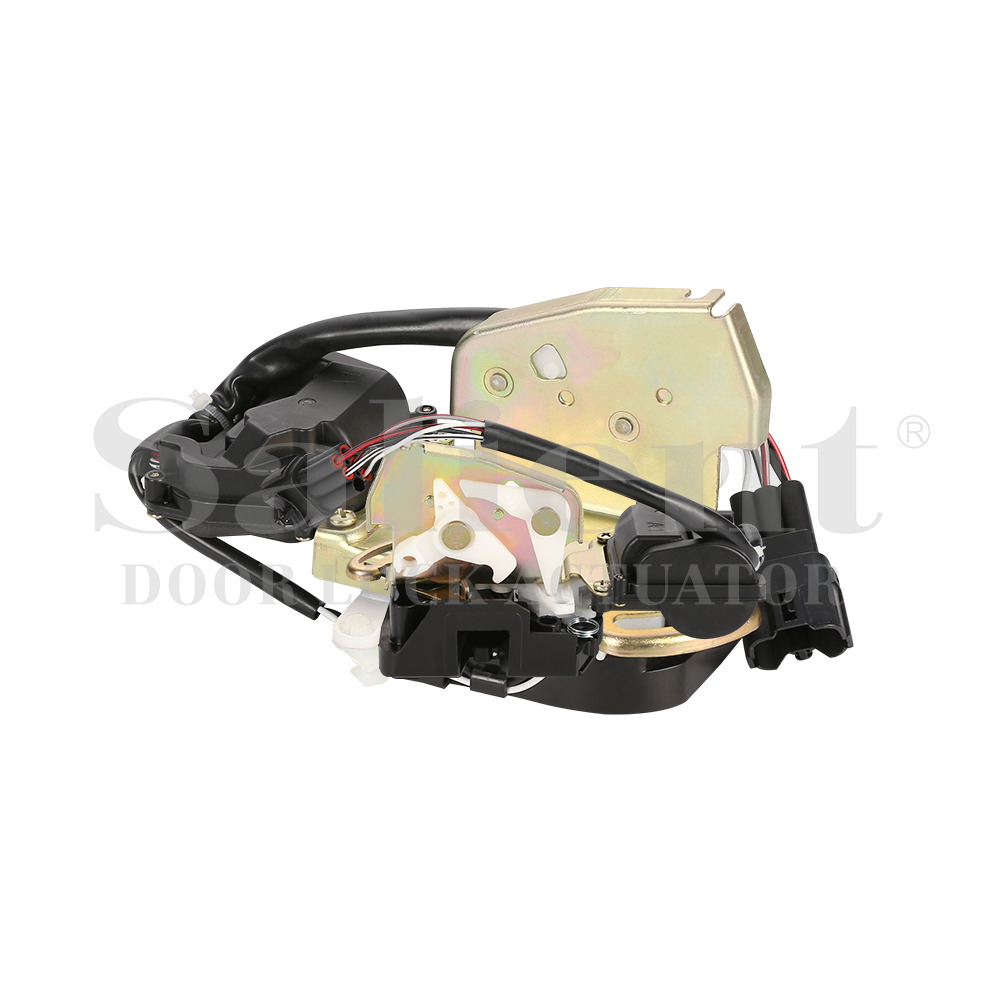
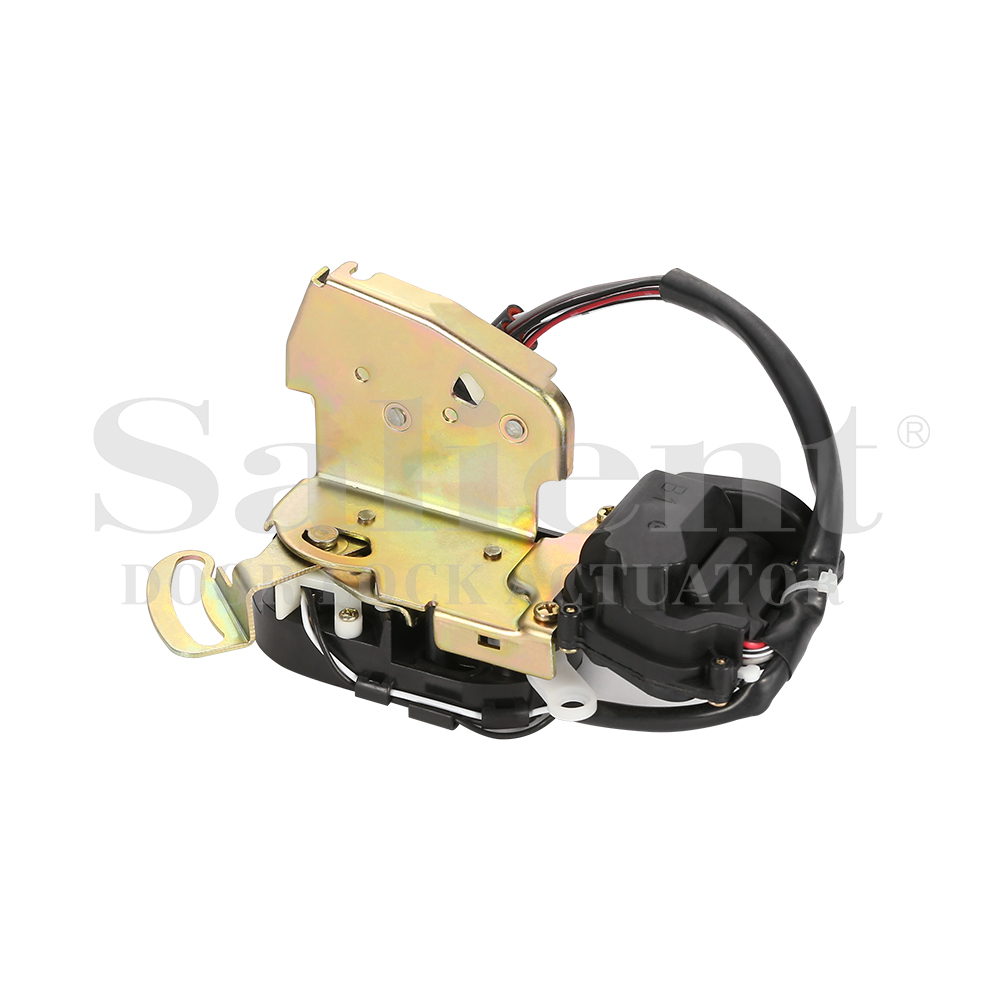
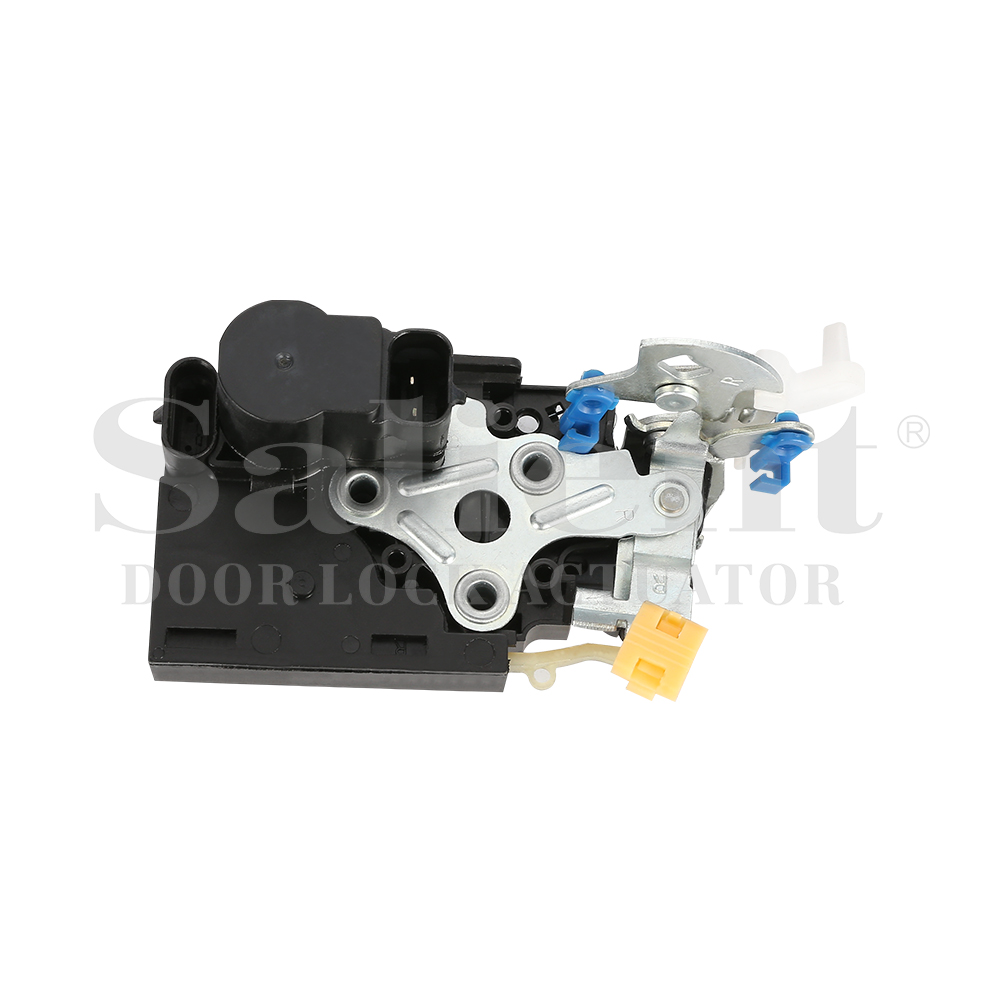
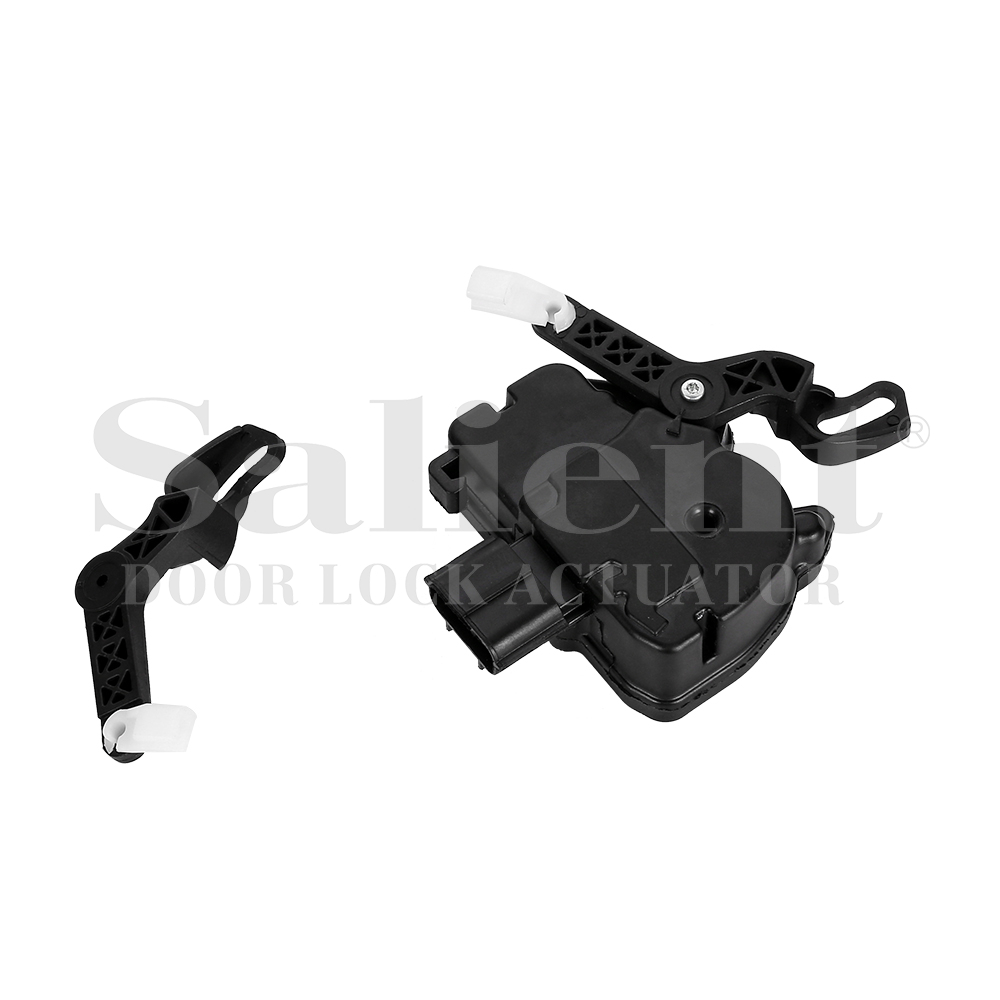

.jpg)
.jpg)
.jpg)
.jpg)

